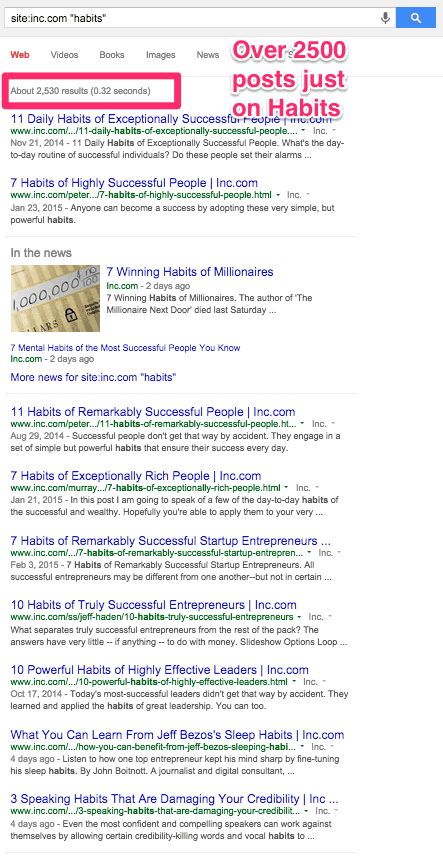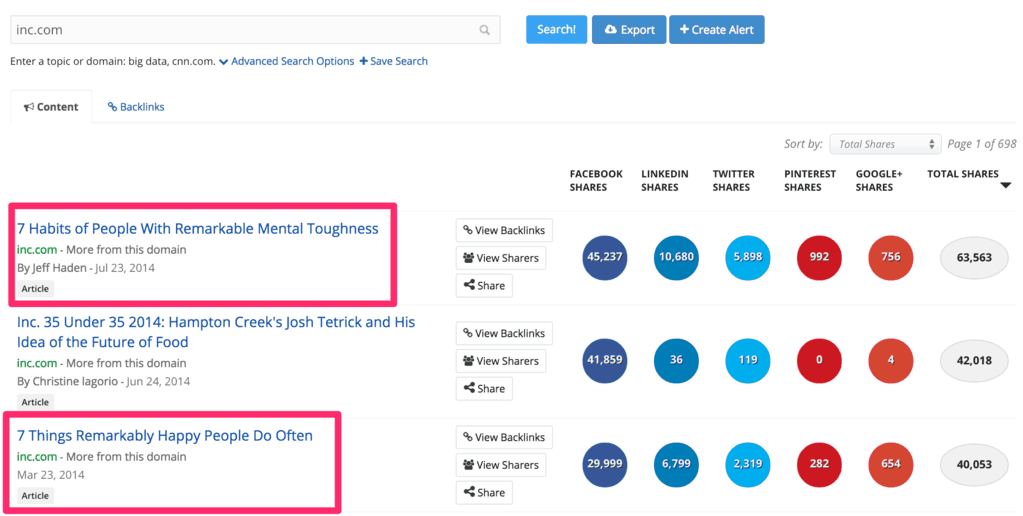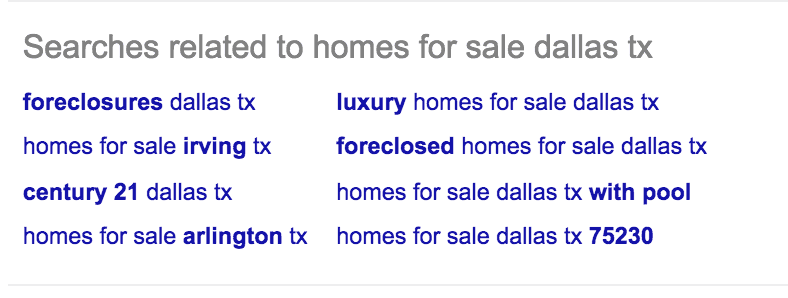Anyone can judge a blog post by the amount of shares and comments, but those numbers don’t tell the whole story. What does it really mean for a blog post to do well?
Is it optimized for a keyword that brings visitors from Google?
Does it generate email opt-ins with a great call to action inside the post?
Does your sales team use it as a leave behind to add value to their prospects?
Are you able to repurpose it into other marketing collateral?
Did your support team use the content to answer client questions?
You can see there are about as many definitions of a blog doing well as there are blog topics to write about.
In my last post, we talked about how blogging helps you discover your brand voice, create marketing messages and take the guesswork out of your marketing. But don’t forget one of the most important parts of blogging: your readers.
By anticipating their needs with the strategies below, you can produce consistent content that is both interesting and educational.
Listen, Record & Write
If you really want your content to resonate with the right people, you have to determine who they are and what they want. For the sake of this post, those people are your customers. What better way to learn what your customers want then getting it straight from their mouths?
This strategy is so simple, you’d be surprised how many of your competitors overlook it. If you can take the time to record questions from clients and customers, you can turn each one into a piece of interesting and helpful content on your site.
Your process doesn’t have to be elaborate, just create a simple spreadsheet where you can list the questions you’re asked. Recording your questions will also allow you easily spot trends in what questions you receive the most often. That way you can easily figure out how much content you need around each topic/question.
What’s Popular Today Will Be Popular Tomorrow
Next, take a look at the trends of what is popular. But don’t just look at what’s popular right now, look at what topics and themes continue to be popular over and over again and use that to anticipate the content your audience wants to read.
For example, list posts never go out of style. You and I may get sick of them, but our audience won’t. How-to posts are the same way.
Men’s Health Magazine has been recycling the same magazine covers since 2004. You can see the example below with six-pack abs. Perhaps they’ve taken it too far, but they know what works for their audience and reuse the same for magazine cover templates for all of their magazines.

Here’s an example you can apply to your next blog post. Let’s say I’m writing for medium-size businesses and I know they also love reading Inc. Magazine. I can tell what people love to read just by looking at the topics they keep publishing. Check out the screenshot below and notice the dates the articles were published. They publish a dozen articles on success habits every month, and there are 2,530 articles just on that one specific topic!

Do you think they’ll post about successful people’s habits again? Absolutely. But why would they publish so many of those articles, many of which just rehash previous posts?
The fact is, they work. Look at their top three posts from the last year. Two of the three are success habits articles.

Remember, you are not your target audience. Don’t let your own bias get in the way of writing what your audience tell you they want.
Optimize Your Long-Tail Keywords & Phrases
Long-tail keywords and phrases are what makes blogging so valuable. When your blog post includes the same phrase someone types into Google, the relevance, and your page in the search engine, becomes extremely high.
These phrases are anywhere from three to five words long. The longer they are, the less competitive they often are. So if you’re a small company in a niche area, focus your time on longer phrases rather than one or two-word keywords.
The other advantage of long-tail phrases is they often show higher intent. For example, if you were a Realtor, which visitor would you want on your site: the person who searched for “homes for sale” or “ homes for sale Texas” or “3 bedroom homes for sale in north dallas”
Each phrase gets more specific. And the more specific the phrase, the more intentional the prospect.
An easy way to find long-tail keywords is using Google’s auto suggest feature. Just look at the suggested searches at the bottom of your results.


Blogging doesn’t have to be a guessing game if you have a smart content strategy. You wouldn’t go to close a deal in a sales meeting without preparing what to say. Don’t create content without knowing what your customers what to see. If you’re using your blog to generate leads, anticipate your prospect’s problems and add value before they reach you.
If you need help building your blog strategy and creating strong content, drop us a line for a consultation.



